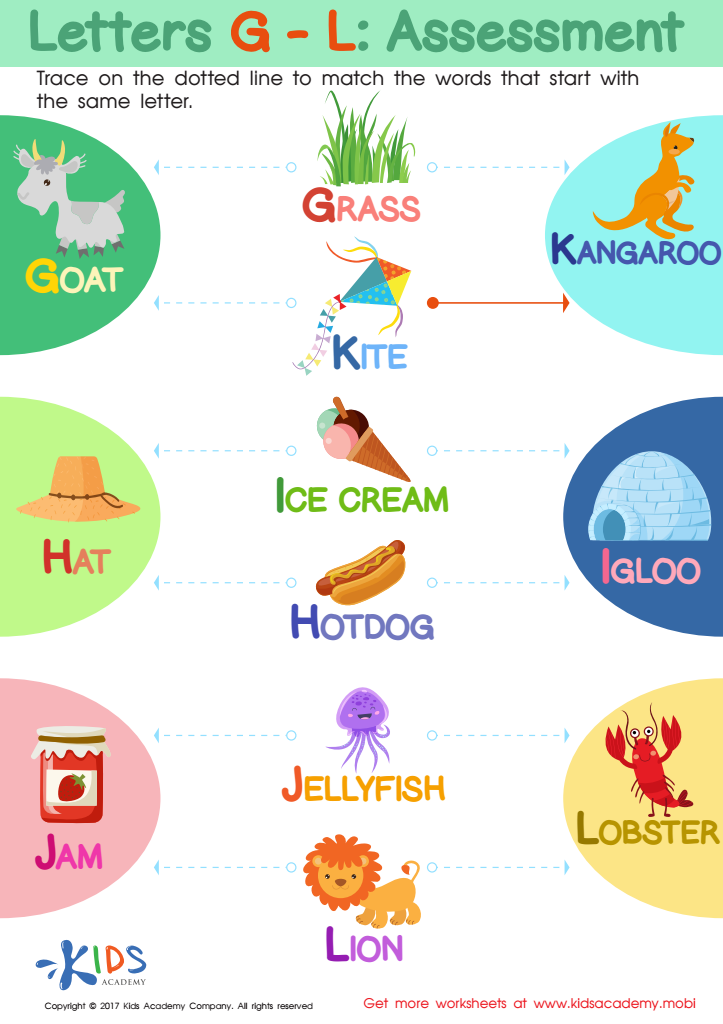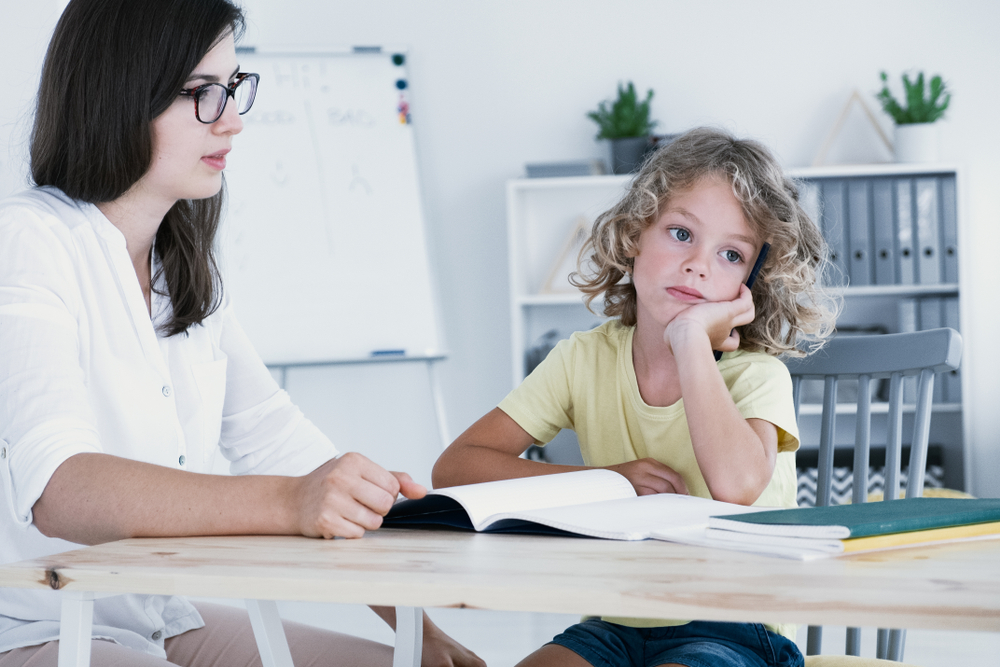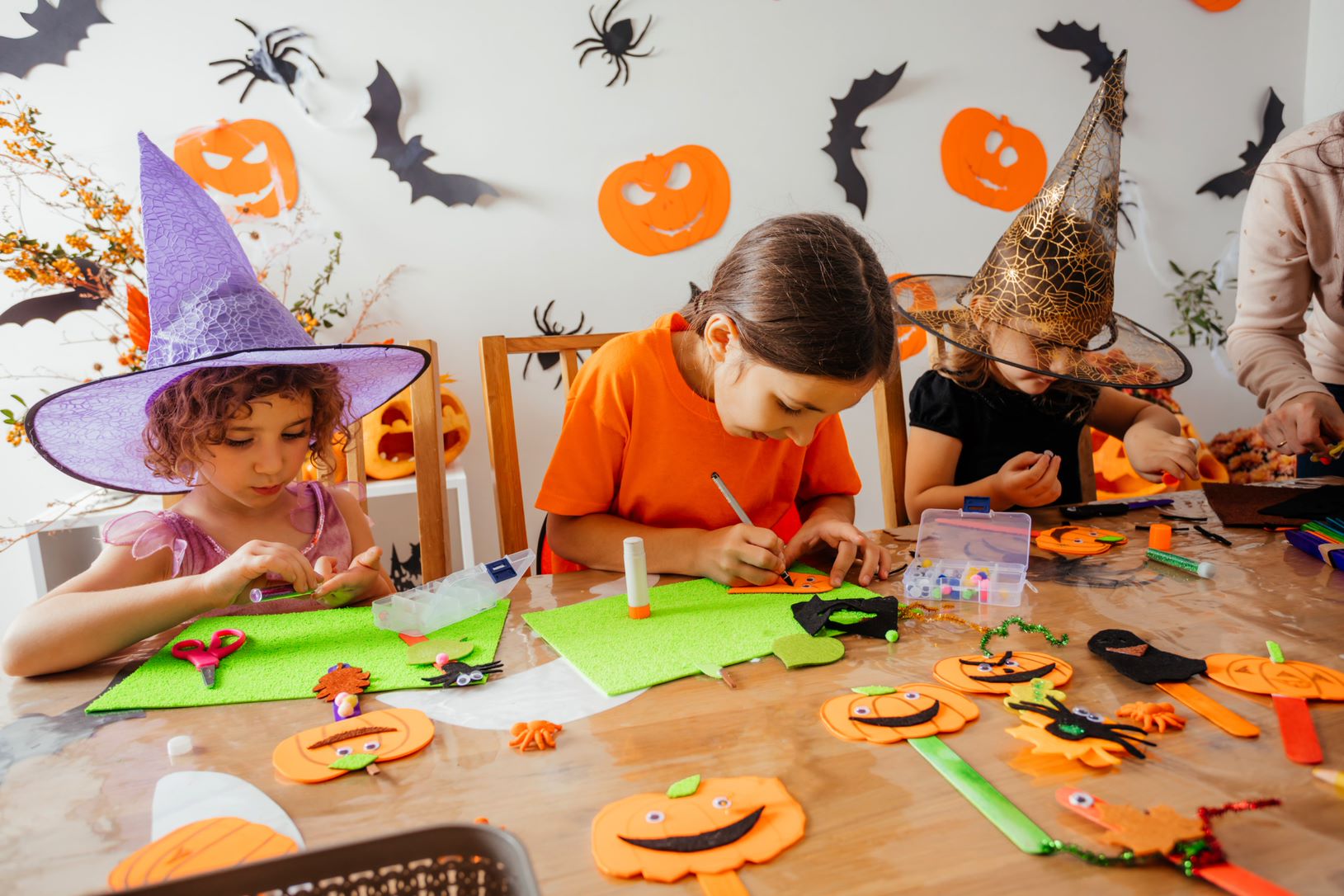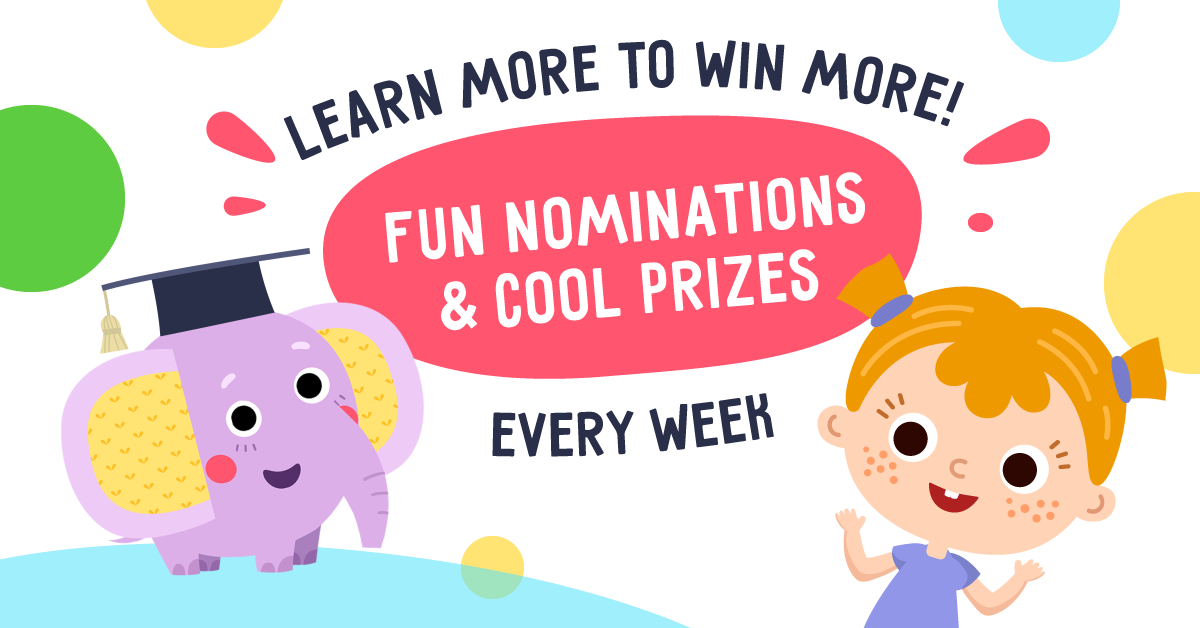Letter Recognition worksheets activities for Ages 3-4
1 filtered results
-
From - To


Letters G-L Worksheet
Letter Recognition worksheets activities are an essential tool for early childhood education, providing a foundation for reading and writing skills that will benefit children throughout their educational journey. These activities are specifically designed to familiarize young learners with the alphabet in an engaging and interactive manner, thereby enhancing their ability to recognize and differentiate between letters. Here are several reasons why Letter Recognition worksheets activities are incredibly useful:
1. Building Blocks for Literacy: Letter Recognition is the first step towards literacy. By engaging in these worksheets activities, children learn to identify each letter, understand its shape, and recognize its sound. This knowledge is crucial for decoding words, which is a fundamental skill in reading.
2. Enhances Fine Motor Skills: Many Letter Recognition worksheets include activities such as tracing letters, which help children develop their fine motor skills. These skills are vital for writing and other tasks that require hand-eye coordination.
3. Personalized Learning Pace: Worksheets allow children to learn at their own pace. They can spend extra time on letters they find challenging, and parents or educators can easily identify which areas need more focus. This personalized approach ensures a solid understanding of each letter before moving on.
4. Encourages Confidence: As children become more familiar with the letters of the alphabet through these worksheet activities, their confidence grows. This increased confidence can lead to a more enthusiastic approach to learning, making the process enjoyable and less intimidating.
5. Prepares for Future Success: Early literacy skills, such as letter recognition, lay the groundwork for future academic success. Children who are proficient in these foundational skills are often better prepared for the complexities of reading and writing in later grades.
In conclusion, Letter Recognition worksheets activities are a valuable resource in early childhood education. By integrating these activities into learning routines, educators and parents can provide children with the tools they need to embark on their literacy journey with confidence and enthusiasm.
 Assign to the classroom
Assign to the classroom




.jpg)







